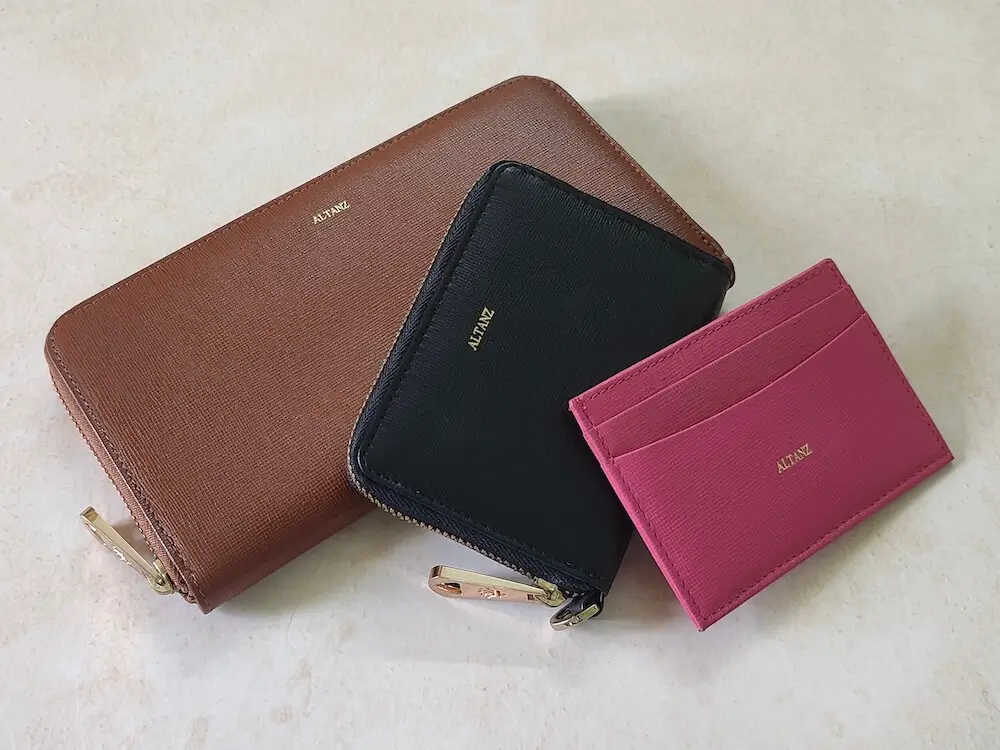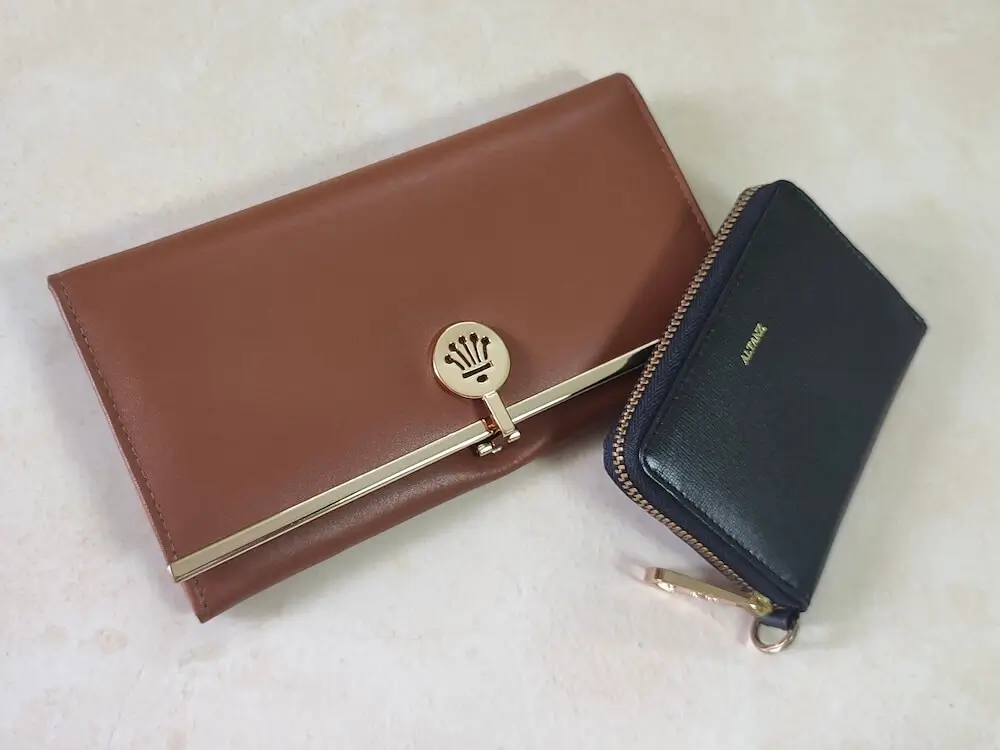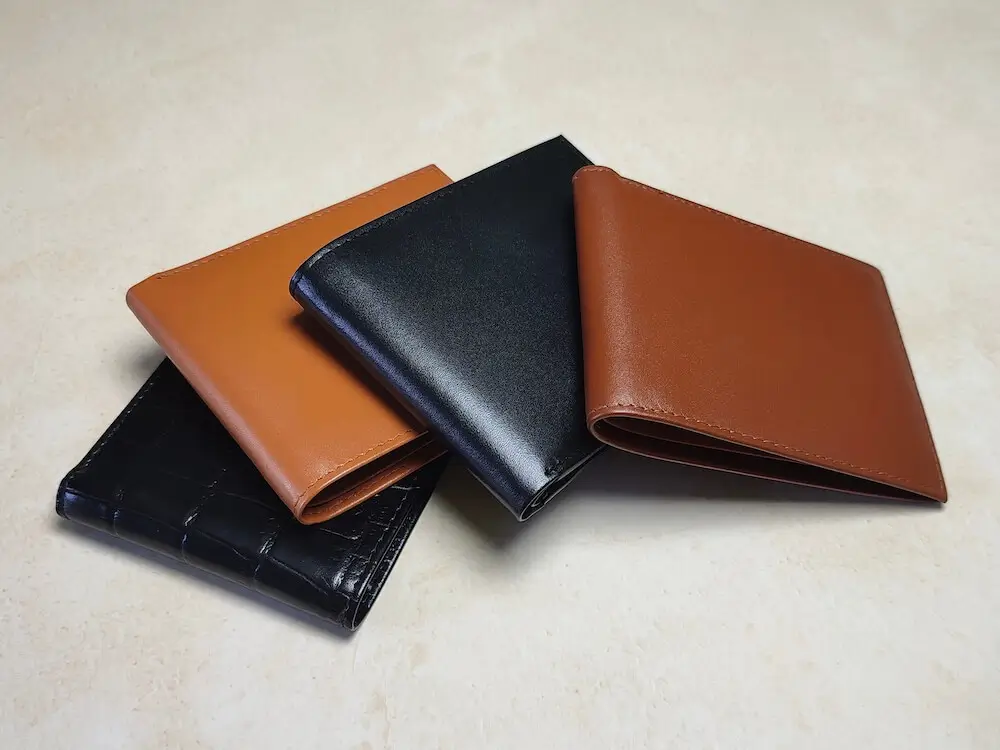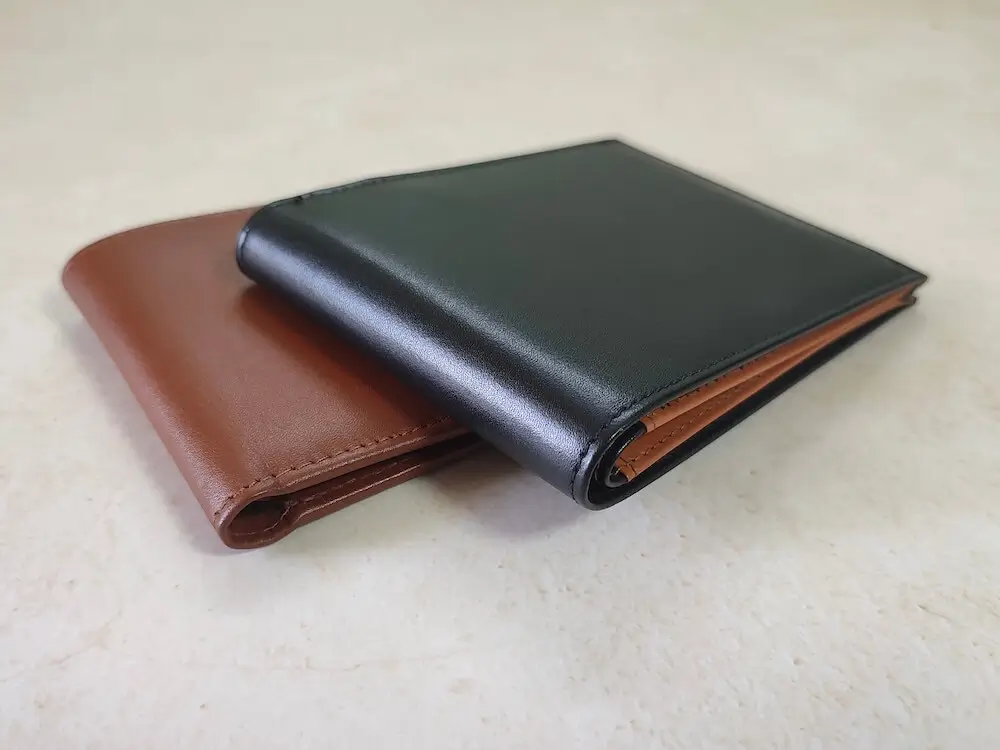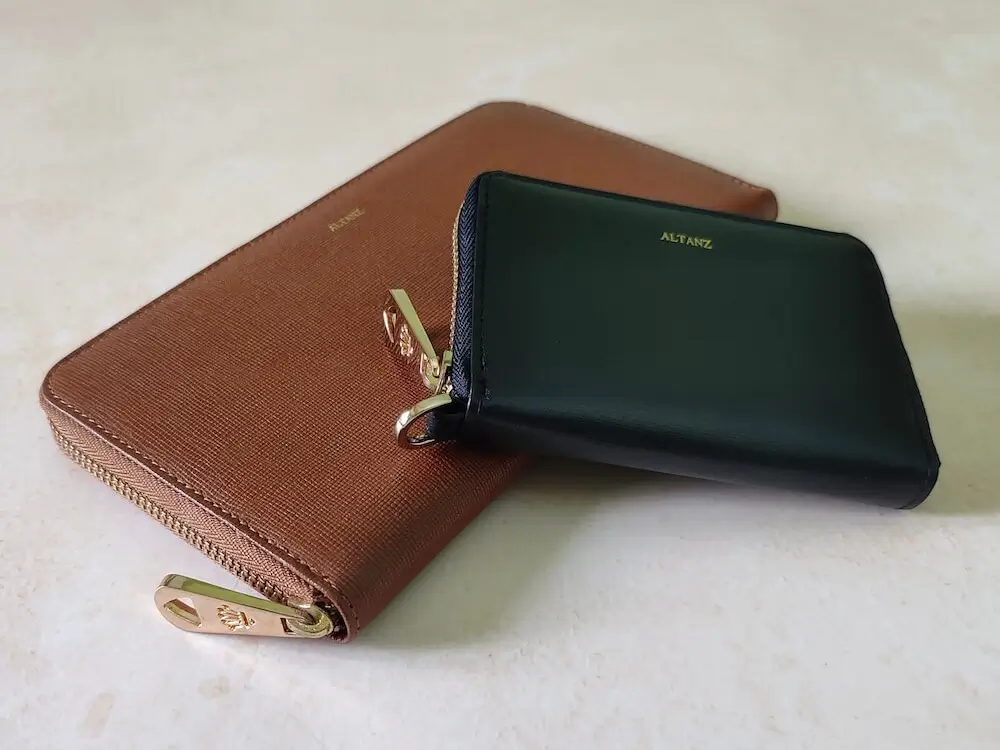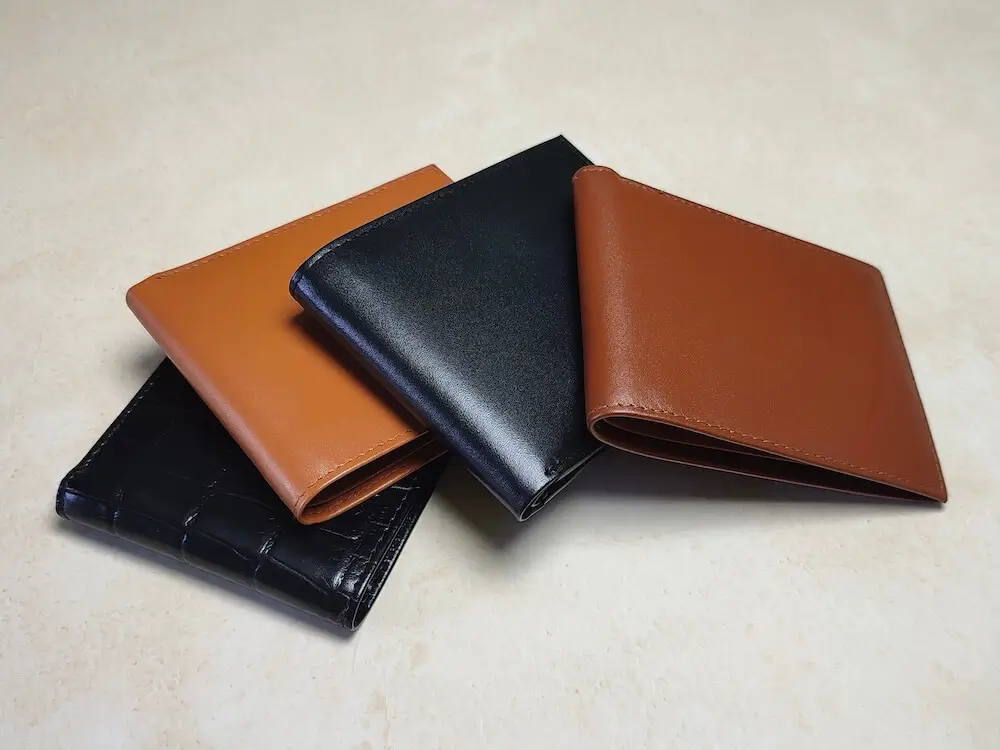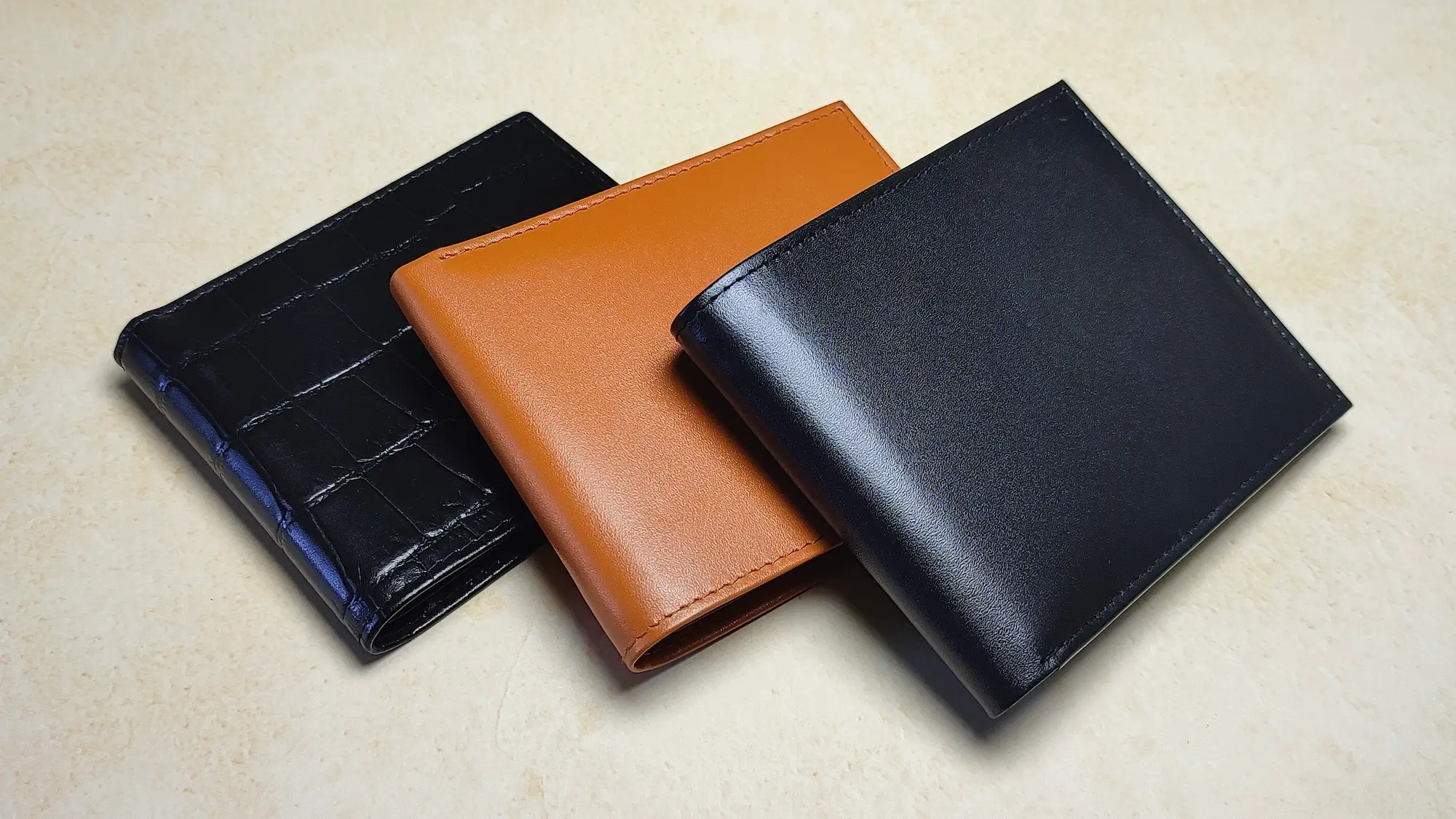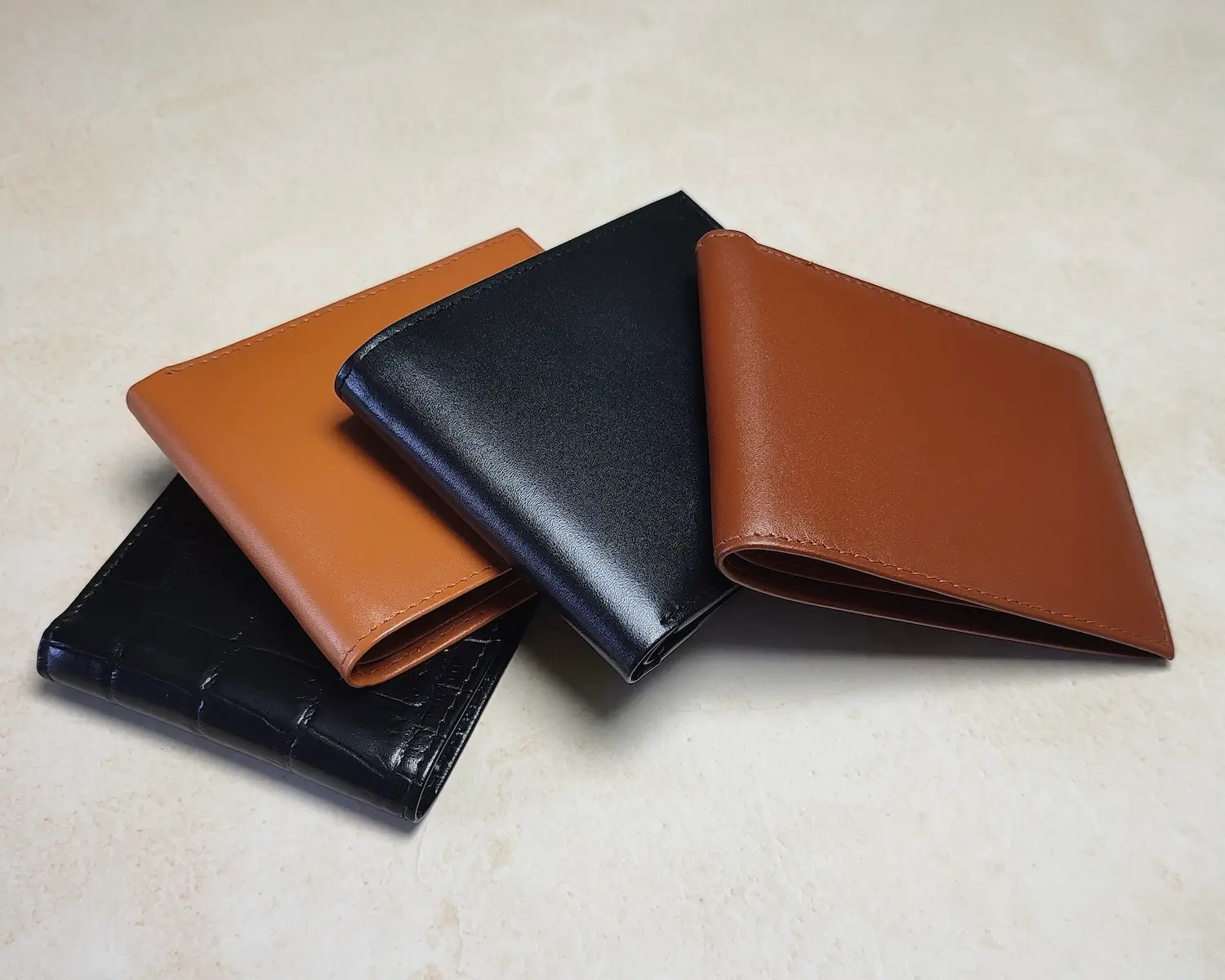Craftsmanship & Heritage
How to Identify High-Quality Leather in Luxury Goods
Introduction to High-Quality Leather
Luxury goods and leather go hand in hand, but not all leather is created equal. While high-quality leather defines the prestige and durability of luxury items, many products labeled as “leather” fall short of these standards. Understanding the nuances of leather quality is crucial for ensuring you’re getting the value you deserve.
This article will guide you through the art of identifying high-quality leather in luxury goods, from recognizing textures and types to testing authenticity and understanding certifications.
Table of Contents
Why Leather is a Staple in Luxury Goods
Leather has been a cornerstone of luxury for centuries due to its unmatched combination of beauty, durability, and versatility. From handbags and shoes to wallets and furniture, it’s prized for its ability to age gracefully and last for decades.
Luxury brands favor leather because it exudes sophistication and adds intrinsic value to their products. However, this reputation also makes it a prime target for counterfeits and low-quality substitutes.
The Importance of Identifying Genuine Leather
Why does it matter to distinguish genuine leather from imitations? For one, high-quality leather ensures you’re getting a durable product. Fake or low-grade leather often cracks, peels, or loses its appeal over time. Moreover, knowing how to identify genuine leather helps you avoid counterfeit products, which can be overpriced and underwhelming.
Common Misconceptions About Leather Quality
Many people assume all leather products are of similar quality, but this couldn’t be further from the truth. Terms like “genuine leather” can be misleading, as they often refer to lower-quality processed leather. Understanding the hierarchy of leather types and characteristics will help you make informed choices when purchasing luxury goods.
Characteristics of High-Quality Leather
High-quality leather stands out due to its superior durability, luxurious feel, and natural imperfections that add character.
Durability and Longevity
One of the hallmarks of high-quality leather is its exceptional durability. Unlike synthetic materials, leather can withstand years of wear and tear while maintaining its integrity. When properly cared for, it becomes more supple and attractive over time, making it a true investment.
Texture and Softness
The texture of high-quality leather is smooth, rich, and soft to the touch. It has a natural pliability that feels luxurious. Inferior leather, by contrast, often feels rigid, thin, or overly polished, a sign of heavy chemical treatments.
The Role of Natural Imperfections
Unlike synthetic materials, leather isn’t uniform. High-quality leather showcases minor imperfections, such as subtle scars or grain variations, which indicate its authenticity. These marks add character and uniqueness, elevating the product above mass-produced alternatives.
Types of Leather in Luxury Goods
Not all leather types are created equal. Here’s how to differentiate the most common types used in luxury goods.
Full-Grain Leather
Full-grain leather is the crème de la crème of leather. It uses the entire grain of the hide, preserving its natural imperfections and strength. This type ages beautifully, developing a patina that adds character over time. Luxury handbags, belts, and shoes often feature full-grain leather.
Top-Grain Leather
A step below full-grain, top-grain leather is sanded down to remove imperfections. While it’s still high-quality, it lacks the same durability and aging properties as full-grain leather. However, it’s more pliable and has a smoother finish, making it a popular choice for premium goods.
Corrected-Grain and Bonded Leather
Corrected-grain leather is heavily treated to hide flaws, often sacrificing natural beauty. Bonded leather, made from scraps and synthetic binders, is the lowest-quality option and rarely used in true luxury items. Spotting these types helps ensure you’re getting what you pay for.
How to Test Leather Quality
Testing leather quality involves using your senses and simple techniques to assess its authenticity and craftsmanship. Here are practical ways to evaluate leather in luxury goods.
The Touch Test: Feeling the Difference
One of the easiest ways to determine leather quality is by touch. High-quality leather feels soft, supple, and warm, while synthetic or low-grade leather often feels plasticky, rigid, or overly smooth. Run your fingers over the surface—genuine leather should have a slight grainy texture and subtle resistance.
Additionally, high-quality leather rebounds well when gently pressed. If it wrinkles naturally and then smooths out, it’s a good sign of authenticity and durability.
The Smell Test: Identifying Genuine Leather
Real leather has a distinct, earthy aroma that synthetic materials cannot replicate. The smell test is a reliable way to detect authenticity, as synthetic or faux leather often smells like plastic or chemicals. Take a whiff of the material; if it smells too artificial, it’s likely not genuine leather.
The Water Test: Absorption as a Quality Indicator
A small drop of water can reveal a lot about leather quality. High-quality leather absorbs water, leaving a temporary dark spot that dries naturally. Synthetic leather, on the other hand, repels water or allows it to sit on the surface. While this test is simple, it’s best performed discreetly to avoid damaging the product.
Visual Indicators of High-Quality Leather
Carefully inspecting the visual aspects of leather can help you identify premium materials. Here’s what to look for:
Grain Pattern and Uniformity
High-quality leather has a natural grain pattern with slight irregularities. These unique variations add to its charm and authenticity. Conversely, synthetic or heavily treated leather often looks overly uniform and lacks the character of real leather.
Pay attention to how the grain aligns with the design of the product. Poorly matched grain patterns can indicate lower craftsmanship.
Color Depth and Finish
Luxury leather products boast rich, deep colors that enhance the material’s natural beauty. Whether dyed or left in its natural tone, high-quality leather has an even, consistent finish without appearing overly glossy or synthetic. Look for subtle variations in shading that highlight the material’s organic origins.
Stitching and Craftsmanship
The quality of stitching is a telltale sign of a luxury leather product. High-end items feature precise, uniform stitching with no loose threads or irregularities. Inspect the edges and seams for signs of clean workmanship, as these details often distinguish luxury items from mass-produced alternatives.
High-Quality Leather vs. Synthetic Alternatives
Understanding the differences between genuine leather and synthetic materials can help you make informed choices when shopping for luxury goods.
Differences in Texture and Feel
Synthetic leather often feels unnaturally smooth and rigid, lacking the warmth and texture of genuine leather. High-quality leather is soft, flexible, and naturally breathable, offering a tactile experience that synthetics can’t replicate.
Longevity: Real Leather’s Endurance
Genuine leather outlasts synthetic alternatives by decades. While synthetic materials may crack, peel, or discolor over time, high-quality leather becomes more beautiful with age, developing a unique patina that enhances its character.
Environmental Impacts of Synthetic Materials
Synthetic leather, often marketed as “vegan leather,” is made from plastic-based materials like polyurethane or PVC. These contribute to microplastic pollution and are less sustainable than biodegradable, ethically sourced genuine leather. Choosing high-quality leather supports eco-friendly practices over disposable, environmentally harmful alternatives.
Certifications and Labels
Certifications and authenticity marks are essential tools for identifying high-quality leather in luxury goods.
Authenticity Marks in Luxury Goods
Many luxury brands include authenticity marks or certificates with their leather products. These may include embossed logos, serial numbers, or holographic stickers. Always verify these features to ensure you’re purchasing a genuine product.
Certifications for High-Quality Leather
Certifications such as the Leather Working Group (LWG) stamp indicate that the leather was produced ethically and sustainably. Italian leather goods often carry marks of origin, such as “Made in Italy,” to signify traditional craftsmanship.
Decoding Luxury Brand Labels
Luxury brands often use specific terms to describe their leather, such as “full-grain” or “top-grain.” Familiarize yourself with these terms to understand what you’re buying. Be wary of vague or misleading descriptions like “genuine leather,” which can sometimes indicate lower-quality materials.
Price as a Quality Indicator
While price isn’t the sole determinant of quality, it’s often a reliable indicator when it comes to luxury leather goods.
Why High-Quality Leather Costs More
The higher price of luxury leather goods reflects the craftsmanship, premium materials, and ethical practices involved in their production. From sourcing hides to hand-stitching, every step of the process adds value to the final product.
Balancing Price and Value
When evaluating price, consider the longevity and timeless appeal of high-quality leather. While the initial cost may be high, a well-made leather product can last for decades, offering excellent value over time.
Red Flags in Pricing for Luxury Goods
Be cautious of prices that seem too good to be true. Counterfeit or low-quality leather goods often undercut genuine products. If the price is significantly lower than similar items from reputable brands, it’s worth investigating further to ensure authenticity.
Caring for High-Quality Leather
Proper care is essential to maintain the beauty and longevity of high-quality leather.
Cleaning and Conditioning Tips
- Dust regularly: Use a soft, dry cloth to remove surface dirt.
- Condition occasionally: Apply a leather conditioner to keep the material soft and supple.
- Avoid harsh chemicals: Use only products designed for leather.
Protecting Leather from Damage
- Avoid moisture: Store leather in a dry, cool place away from direct sunlight.
- Use waterproof sprays: Protect against accidental spills and rain.
- Handle with care: Prevent scratches and scuffs by storing leather goods properly.
When to Seek Professional Help
For stains, discoloration, or structural damage, consult a leather care professional. They have the tools and expertise to restore your luxury goods to their original glory.
Why Knowing Leather Quality Matters
Understanding leather quality empowers you to make informed purchases, avoid counterfeits, and invest in products that stand the test of time.
Avoiding Counterfeit Products
Fake leather products are prevalent in the luxury market. Knowing how to spot high-quality leather helps you steer clear of imitations and ensures you’re paying for genuine craftsmanship.
Investing in Longevity and Craftsmanship
High-quality leather is an investment in durability, timeless style, and superior craftsmanship. These products often become heirlooms, passed down through generations.
Supporting Ethical Practices in Leather Production
By choosing authentic, high-quality leather, you support brands and artisans committed to ethical sourcing and sustainable practices, promoting a healthier planet and fairer industry standards.
Conclusion
High-quality leather in luxury goods is a blend of artistry, tradition, and sustainability. By learning to recognize its characteristics, testing for authenticity, and understanding its value, you can confidently invest in leather products that enhance your lifestyle.
FAQs
1. What is the best type of leather for luxury goods?
Full-grain leather is the highest quality, offering unmatched durability and beauty.
2. How can I tell if a leather product is genuine?
Look for natural imperfections, a distinct earthy smell, and absorption during the water test.
3. Why does full-grain leather cost more?
It uses the strongest part of the hide, requires minimal processing, and develops a unique patina over time.
4. Are synthetic leathers in luxury goods worth considering?
While they may be more affordable, synthetic leathers lack the durability, authenticity, and character of real leather.
5. How do I maintain the quality of my leather products?
Regularly clean, condition, and store them in a cool, dry place to ensure longevity.
FAQ : Frequently Asked Questions
How to Identify High-Quality Leather in Luxury Goods
Answer:
Full-grain leather is the highest quality, offering unmatched durability and beauty.
Answer:
Look for natural imperfections, a distinct earthy smell, and absorption during the water test.
Answer:
It uses the strongest part of the hide, requires minimal processing, and develops a unique patina over time.
Answer:
While they may be more affordable, synthetic leathers lack the durability, authenticity, and character of real leather.
Answer:
Regularly clean, condition, and store them in a cool, dry place to ensure longevity.


